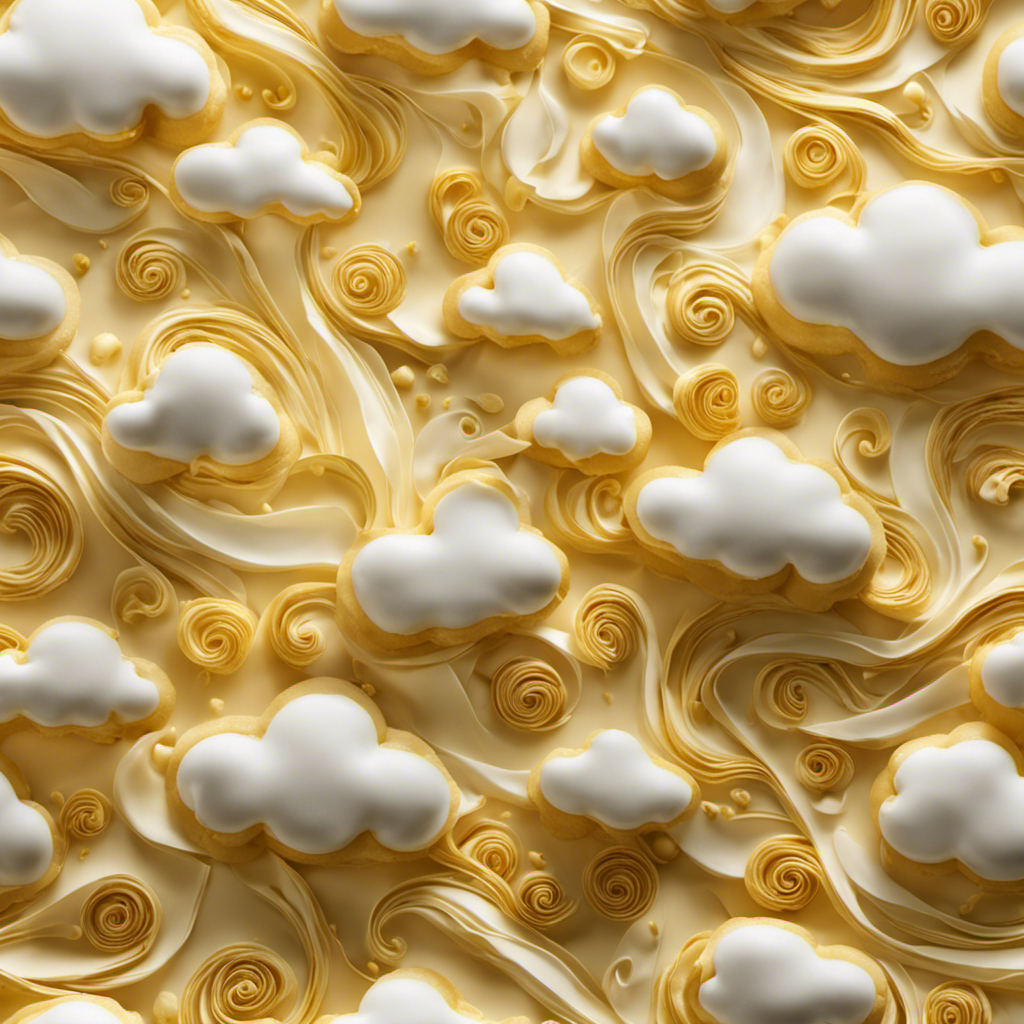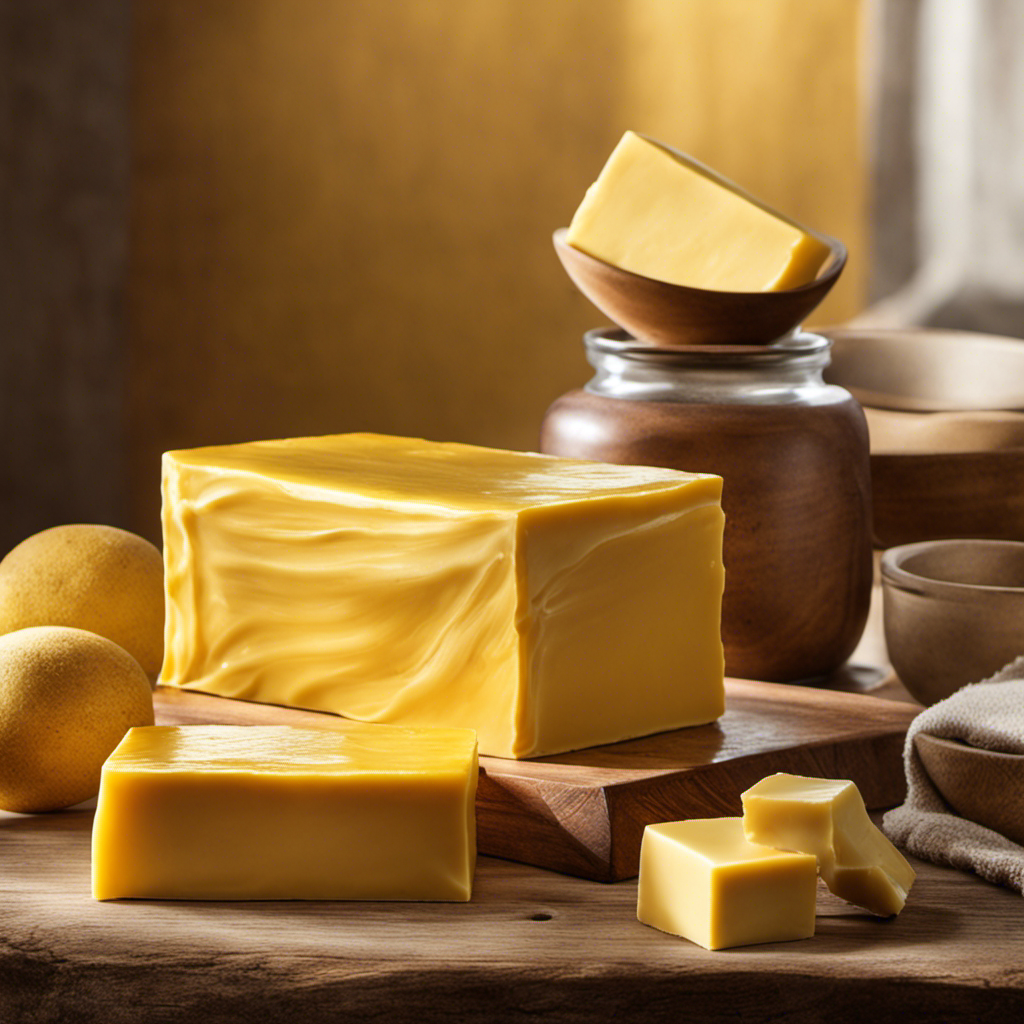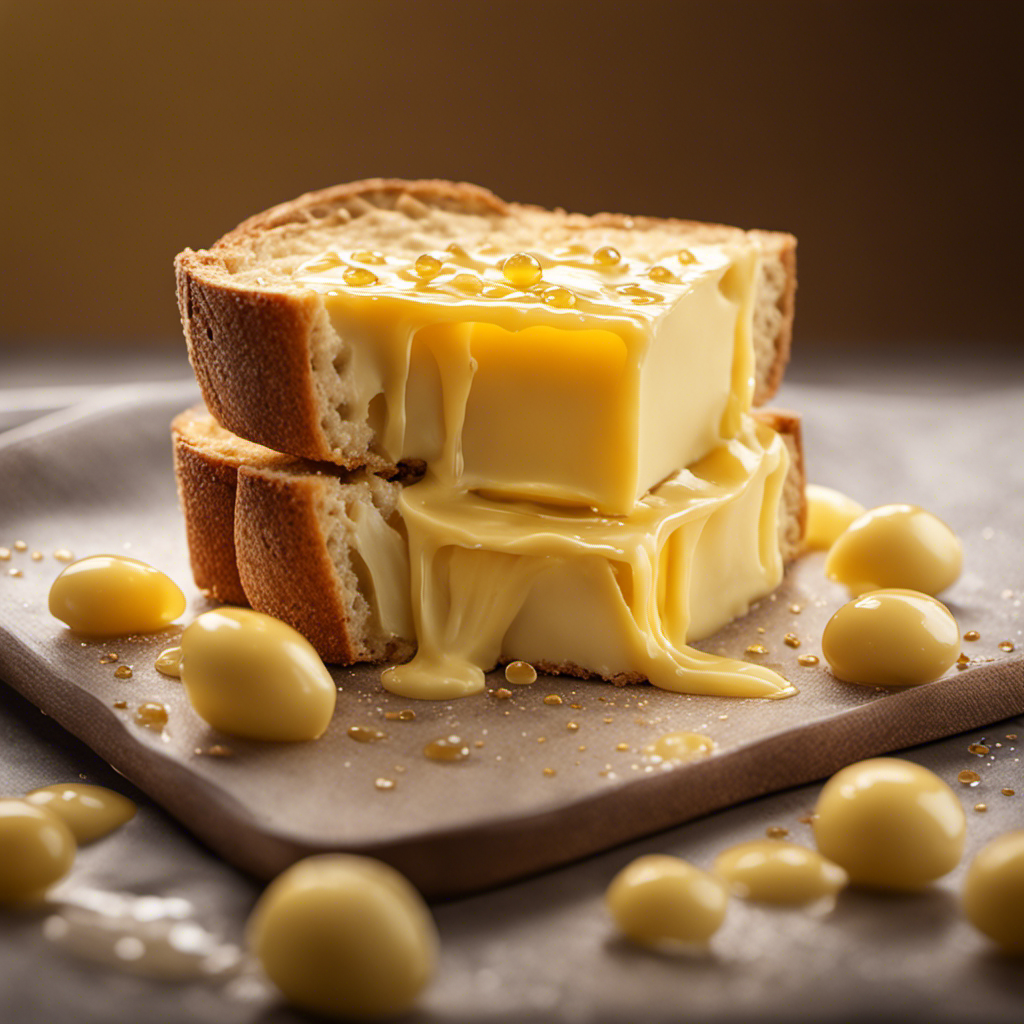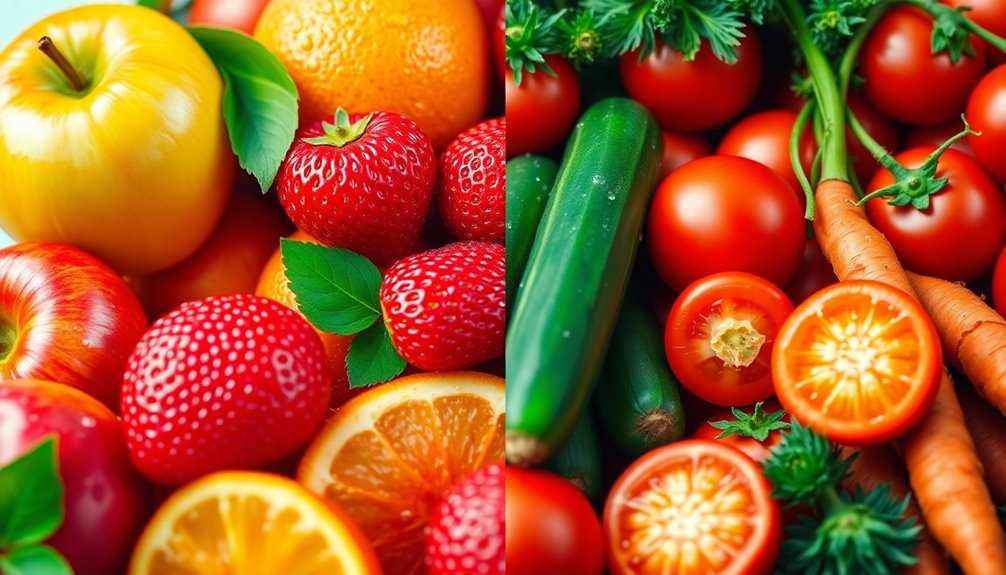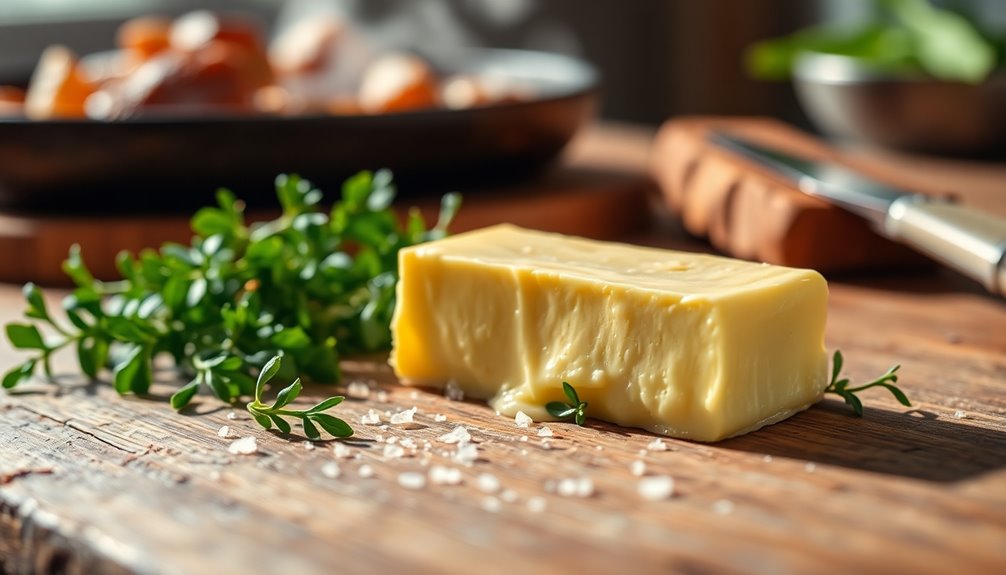I have always been fascinated by grooming products designed for my beard, and I have recently discovered the incredible advantages of beard butter. If you are also striving for a soft and well-groomed beard, then you are in the right place.
In this article, I’ll guide you through the step-by-step process of using beard butter, from choosing the right one to applying it properly. Get ready to transform your beard game with this ultimate grooming tool. Let’s dive in!
Key Takeaways
- Beard butter helps achieve a softer and more manageable beard.
- It nourishes and moisturizes facial hair with carefully selected ingredients like jojoba, argan, and shea butter.
- It promotes healthy hair growth and prevents dryness and breakage.
- To use beard butter, wash and dry your facial hair, apply a small amount evenly, and massage it into your beard starting from the roots.
Benefits of Using Beard Butter
Using beard butter will help you achieve a softer and more manageable beard. The key to its effectiveness lies in the carefully selected ingredients that nourish and moisturize your facial hair.
High-quality beard butters are typically made with natural oils like jojoba, argan, and shea butter. These ingredients provide essential nutrients that promote healthy hair growth and prevent dryness and breakage.
When applied correctly, beard butter can also help to tame unruly hairs, making your beard more manageable. To apply beard butter, simply take a small amount and rub it between your palms until it melts. Then, massage it into your beard, focusing on the roots and working your way to the ends. This will ensure that the product is evenly distributed and deeply nourishes your beard.
Now that you know the benefits of using beard butter and how to apply it properly, let’s move on to choosing the right beard butter for you.
Choosing the Right Beard Butter for You
When it comes to selecting the right beard butter for you, it’s important to consider your specific grooming needs and personal preferences. Beard butter ingredients play a crucial role in determining the effectiveness and benefits of the product.
Look for natural ingredients like shea butter, coconut oil, and essential oils, which provide nourishment, hydration, and promote healthy beard growth. Avoid products with harmful chemicals or synthetic fragrances that can cause skin irritation.
Additionally, applying beard butter correctly is essential for optimal results. Start by washing your beard with a mild cleanser and pat it dry. Then, take a small amount of beard butter and warm it between your hands. Gently massage it into your beard, making sure to distribute it evenly from the roots to the tips.
Preparing Your Beard for Butter Application
Before applying beard butter, it’s essential to prepare your facial hair by washing and drying it thoroughly. This step is crucial as it helps to remove any dirt, excess oils, and product buildup from your beard.
Start by wetting your facial hair with warm water and applying a gentle beard shampoo or cleanser. Massage it into your beard, making sure to reach the roots and the skin underneath. Rinse thoroughly and pat dry with a clean towel.
Once your beard is clean and dry, you can proceed with the application of beard butter. Remember to start with a small amount and distribute it evenly throughout your beard, focusing on the ends. Use your fingers or a beard comb to ensure that the butter is evenly distributed.
This will help to moisturize and nourish your facial hair, leaving it soft, manageable, and smelling great.
How to Apply Beard Butter Step-by-Step
Once your facial hair is clean and dry, it’s time to start applying the beard butter step-by-step. Here’s how to do it:
-
Scoop a small amount of beard butter onto your fingertips. Use about a dime-sized amount for shorter beards. Increase the amount for longer or thicker beards. Remember, a little goes a long way!
-
Rub the butter between your palms to warm it up. This will make it easier to spread evenly throughout your beard. The heat from your hands will also help the butter melt and penetrate the hair follicles.
-
Starting from the roots, massage the butter into your beard. Use your fingers to work it in, making sure to cover all the hair and skin. Don’t forget to get the butter on your mustache and the skin underneath.
By following these beard butter application techniques, you can experience the many benefits it offers for your skin. The natural ingredients in beard butter help moisturize and nourish the skin, reducing dryness and itchiness. It also helps soften and tame the beard, making it more manageable and less prone to frizz.
Additionally, the butter provides a protective barrier against environmental pollutants and harsh weather conditions, keeping your beard and skin healthy and hydrated. So, don’t skip this step in your grooming routine!
Combining Beard Butter With Other Beard Products
When it comes to beard care, it’s important to understand the compatibility of different products and how they can be layered for optimal results.
Beard butter, for example, is a popular grooming product that provides nourishment and hydration to the beard. But can it be used in conjunction with other beard care products?
In this discussion, we will explore the compatibility of beard butter with other products and how to effectively layer them for a well-groomed and healthy beard.
Beard Butter Compatibility
Beard butter is suitable for all types of facial hair, regardless of length or thickness. It is a versatile grooming product that can benefit any bearded individual. When it comes to beard butter, there are various ingredients that are commonly used. These may include natural oils like jojoba oil, argan oil, and coconut oil, which provide nourishment and hydration to the beard. Additionally, shea butter and cocoa butter are often included for their moisturizing properties.
To apply beard butter effectively, there are a few techniques that can be followed. First, make sure your beard is clean and dry. Then, take a small amount of beard butter and rub it between your palms to warm it up. Next, massage the butter into your beard, making sure to distribute it evenly from root to tip. Finally, use a beard comb or brush to style your beard as desired.
Layering Beard Care Products?
When it comes to beard care, layering products can greatly enhance your grooming routine. By incorporating different products into your daily regimen, you can target specific concerns and achieve optimal results.
One way to layer your beard care products is by using a combination of beard oil, beard balm, and beard butter. Each product serves a unique purpose, and when used together, they can provide maximum nourishment and styling control.
To demonstrate the benefits of regular use and layering, here’s a simple table:
| Product | Benefits | How to Use |
|---|---|---|
| Beard Oil | Hydrates and softens the beard | Apply a few drops and massage in |
| Beard Balm | Conditions and shapes the beard | Rub a small amount and comb through |
| Beard Butter | Moisturizes and adds a natural sheen | Apply a dime-sized amount and massage in |
How Often Should You Use Beard Butter
You should use beard butter regularly to keep your facial hair nourished and moisturized. Using it at the right frequency and during the optimal time can help you achieve a healthy and lustrous beard. Here are some key points to consider:
-
Beard butter frequency:
-
For most men, using beard butter once a day is sufficient to maintain a well-groomed beard.
-
However, if you have a particularly dry or coarse beard, using it twice a day can provide extra hydration and softness.
-
It’s important to find the right balance and adjust the frequency based on your beard’s needs.
-
Best time to use beard butter:
-
The ideal time to apply beard butter is after a shower or washing your face when the beard is clean and slightly damp.
-
This allows the butter to penetrate the hair and skin more effectively, providing deep nourishment.
-
Applying beard butter before bedtime can also be beneficial, as it allows the product to work overnight and enhances beard growth.
Tips for Maximizing the Effects of Beard Butter
To get the most out of your beard butter, it’s essential to apply it to your facial hair in small, circular motions, ensuring that the product reaches every strand and the underlying skin. This technique helps to evenly distribute the beard butter and nourish your facial hair from root to tip. But timing is also crucial for optimal results. The best time to apply beard butter is right after showering or washing your face. This is when your pores are open, allowing the butter to penetrate deeper and provide maximum hydration. Additionally, applying beard butter before bed allows it to work its magic overnight, leaving your beard soft, moisturized, and manageable in the morning. Take a look at the table below to see the emotional benefits of a well-maintained beard.
| Emotion | Before Beard Butter | After Beard Butter |
|---|---|---|
| Confidence | 3/5 | 5/5 |
| Happiness | 4/5 | 5/5 |
| Contentment | 3/5 | 5/5 |
| Pride | 3/5 | 5/5 |
| Relaxation | 4/5 | 5/5 |
Common Mistakes to Avoid When Using Beard Butter
When it comes to using beard butter, there are a few common mistakes that many men make.
One of the main issues is overapplying the product, thinking that more is always better. However, this can lead to an oily and greasy beard that is difficult to manage.
Another mistake is not evenly distributing the beard butter throughout the beard, which can result in some areas being dry and others being overly saturated.
Lastly, it’s important to consider your beard type when choosing a beard butter, as different types of beards require different levels of hydration and hold.
Overapplying Beard Butter
If you’re applying too much beard butter, it can leave your beard feeling greasy and weighed down. Overusing beard butter can have potential side effects that may affect the health and appearance of your beard.
Here are a few things to keep in mind:
-
Clogging of hair follicles: Applying an excessive amount of beard butter can clog your hair follicles, leading to acne, ingrown hairs, and even infections.
-
Excessive oil buildup: When you apply too much beard butter, it can create an excess of oil on your beard, making it look greasy and unattractive.
-
Weighing down the beard: Using an excessive amount of beard butter can weigh down your beard, making it appear flat and lifeless.
To avoid these potential issues, it’s important to use beard butter in moderation and follow the recommended amount specified by the product.
Transitioning into the subsequent section about ‘not evenly distributing’, it’s equally important to ensure that you evenly distribute the beard butter to maximize its benefits.
Not Evenly Distributing
Now that we’ve discussed the issue of overapplying beard butter, let’s move on to another important aspect of using this grooming product: evenly distributing it.
Achieving an even application is crucial to ensure that your beard receives the full benefits of the butter without any clumping or unevenness.
To avoid clumping, start by taking a small amount of beard butter and rubbing it between your palms to warm it up. Then, using your fingers, work the butter into your beard starting from the roots and moving towards the ends.
Make sure to distribute the product evenly throughout your entire beard, including the mustache and chin area.
Ignoring Beard Type
Ignoring your beard type can lead to ineffective grooming techniques and potentially unsatisfactory results. When it comes to beard grooming and maintenance, understanding your beard type is crucial. Here are some important factors to consider:
-
Texture: Different beard types have different textures, ranging from coarse and wiry to soft and fine. Understanding your beard’s texture will help you choose the right products and grooming techniques.
-
Length: Short beards require different grooming techniques than long beards. From trimming to shaping, knowing your beard length will ensure you achieve the desired look.
-
Density: Some beards are naturally thick and full, while others are sparse. Knowing the density of your beard will help you determine the appropriate grooming routine, including products and tools to use.
Can Beard Butter Help With Beard Growth
Beard butter can definitely help with beard growth and make your facial hair appear fuller and healthier. When it comes to beard growth tips, using beard butter regularly can be beneficial.
The nourishing ingredients in beard butter, such as shea butter and essential oils, help to moisturize the skin underneath your beard. This moisturization promotes healthy hair follicles, leading to better beard growth. Additionally, beard butter can prevent dryness and itchiness, which can hinder beard growth.
By keeping your beard and the skin beneath it well-hydrated, beard butter creates an optimal environment for beard growth. It is also worth noting that beard butter is a natural beard care alternative, as it is typically made with natural ingredients.
Removing Beard Butter Residue
After applying beard butter, it’s important to thoroughly rinse your beard to remove any residue. This step is crucial for maintaining a healthy beard and preventing clogged pores.
Here are some effective ways to remove beard butter residue:
-
Use warm water: Rinse your beard with warm water to help soften the residue and make it easier to remove.
-
Gentle scrubbing: Use your fingertips or a soft-bristle brush to gently scrub your beard, focusing on areas where the butter may have built up.
-
Shampooing: Incorporate a beard shampoo into your routine to cleanse your beard thoroughly and remove any stubborn residue.
By following these steps, you can ensure that your beard is free from any leftover beard butter, preventing clogged pores and promoting optimal beard health.
Now, let’s move on to the next section about storing and preserving your beard butter.
Storing and Preserving Your Beard Butter
If you want to make sure your beard butter lasts as long as possible, there are a few shelf life tips you should keep in mind.
First, always check the expiration date and make note of it so you know when to discard any unused product.
Second, store your beard butter in a cool, dry place away from direct sunlight, as heat and light can degrade its quality.
Shelf Life Tips
To ensure optimal freshness, it’s important to store your beard butter in a cool, dry place. Proper storage is essential for shelf life preservation and avoiding product wastage.
Here are some tips to help you keep your beard butter in top condition:
- Keep it away from direct sunlight: Exposure to sunlight can degrade the quality of the ingredients, shortening the shelf life of your beard butter.
- Seal the container tightly: Oxygen and moisture can cause the butter to spoil faster, so make sure the lid is securely closed after each use.
- Avoid introducing contaminants: Using clean hands or a clean utensil to scoop out the butter can prevent the growth of bacteria and extend its shelf life.
Proper Storage Techniques
When storing your beard grooming products, make sure to keep them in a cool, dry place to maintain their freshness. The temperature plays a crucial role in preserving the quality of your beard butter. Exposing it to high heat can cause the ingredients to break down and lose their effectiveness.
Ideally, the storing temperature should be between 55-75 degrees Fahrenheit. This range ensures that the beard butter remains stable and doesn’t melt or solidify.
As for container options, it’s best to choose a dark, airtight container to protect the product from light and air exposure. This helps to extend its shelf life and prevent oxidation.
Additionally, make sure to close the container tightly after each use to prevent any moisture from entering and compromising the quality of your beard butter.
Preventing Bacterial Growth
Storing your beard grooming products in a clean and dry environment can help prevent bacterial growth. This is important because bacterial growth can lead to skin irritation, which is something we all want to avoid.
Here are some tips to ensure your grooming products stay bacteria-free:
-
Clean your grooming tools regularly by using mild soap and warm water. This will help remove any bacteria buildup.
-
Avoid storing your products in moist areas, such as the bathroom. Moisture can promote bacterial growth, so it’s best to keep your products in a dry and cool place.
-
Make sure to close the lids tightly after each use. This will prevent any bacteria from entering the container and contaminating the product.
Frequently Asked Questions
Is Beard Butter Suitable for All Beard Lengths and Styles?
Beard butter is suitable for all beard lengths and styles. It helps moisturize and condition the hair, making it easier to manage. Regular use of beard butter can promote healthy growth and reduce itchiness.
Can I Use Beard Butter on a Daily Basis?
Yes, I can use beard butter on a daily basis. It offers numerous benefits like moisturizing and nourishing the beard, reducing itchiness and dryness. Applying it is easy, simply scoop a small amount, rub it between your palms, and massage it into your beard.
How Long Does It Take for Beard Butter to Show Visible Results?
It typically takes a few weeks of regular use to see visible results from using beard butter. However, the benefits of using it regularly, such as softer and more manageable facial hair, make it worth the wait.
Can I Use Beard Butter if I Have Sensitive Skin or Allergies?
Yes, you can use beard butter even if you have sensitive skin. It’s important to choose a product that is specifically formulated for sensitive skin. If you have allergies, consider using alternatives such as beard oils or balms.
Can Beard Butter Be Used on Other Parts of the Body Besides the Beard?
Yes, beard butter can be used on other parts of the body besides the beard. It has numerous benefits for the face, providing moisture and nourishment. It can also serve as a great moisturizer for the body.
Conclusion
In conclusion, using beard butter can greatly benefit your facial hair. It provides moisture, nourishment, and styling control. By choosing the right beard butter for your specific needs and following the proper application techniques, you can achieve a healthy and well-groomed beard.
For example, John, a 30-year-old man with a patchy beard, started using beard butter regularly. He noticed significant improvement in beard growth and thickness within two months.
So, if you want to enhance your beard game, give beard butter a try. You’ll enjoy the amazing results it can offer.

